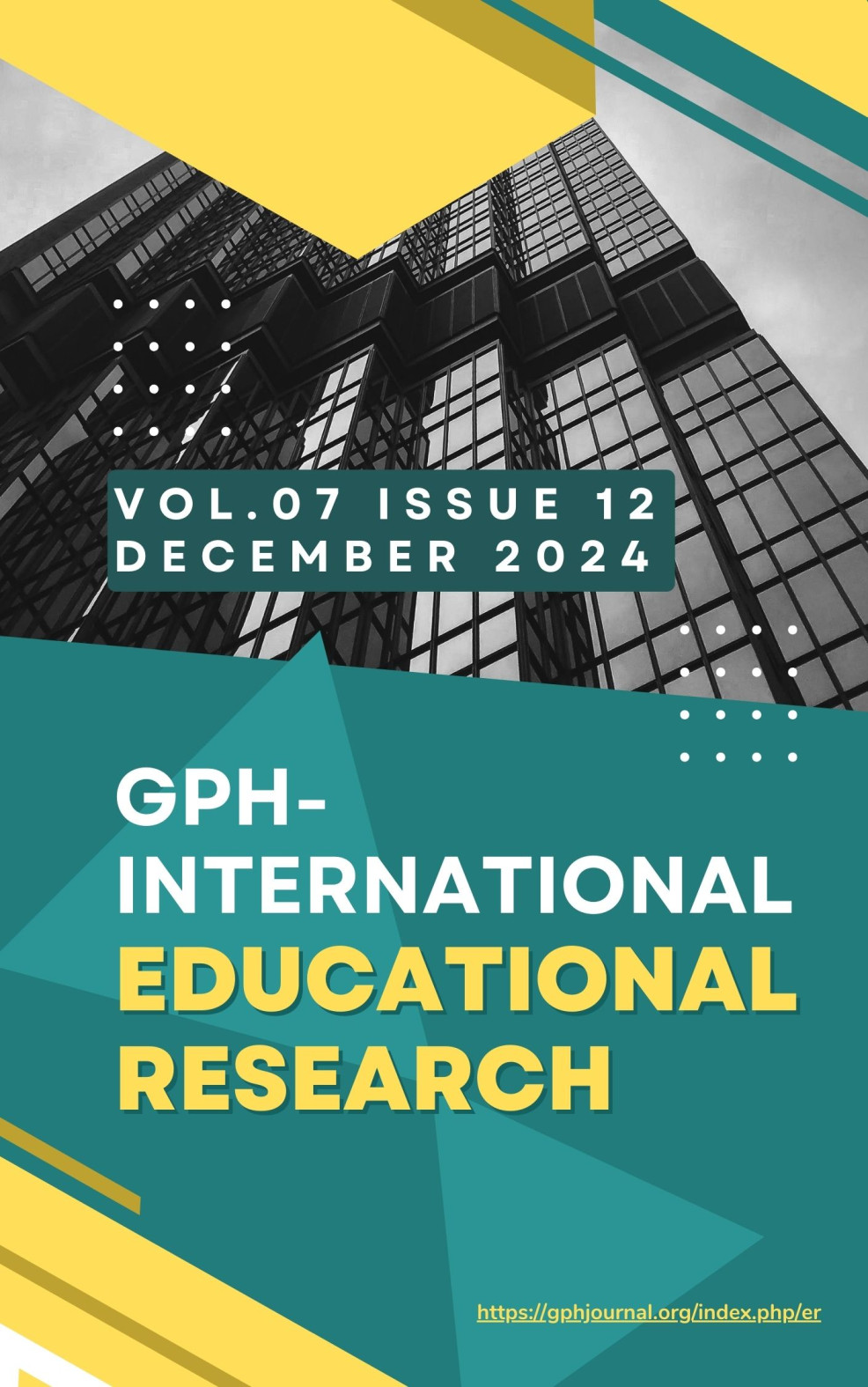The impact of English-Shona translation of adverts on consumer attitudes in Zimbabwe
Abstract
This study aims to explore and investigate translation procedures and how linguistic and cultural adaptation affects communication and marketing outcomes on consumer attitudes and behaviors in Zimbabwe.
To answer pertinent questions, the study adopted a mixed-method research design, combining qualitative corpus analysis and quantitative data from questionnaires. Two different questionnaires were administered to different groups, and English-to-Shona translated adverts were collected. The study made use of participant observation and responses from both company representatives and consumers were analyzed. The study is grounded in the Skopos, communicative, and appropriateness theories to understand the interplay between translation strategies and marketing goals. Results of the study revealed that Shona translations frequently employ techniques such as cultural adaptation, modulation, and reformulation to achieve linguistic and cultural equivalence. However, the impact on consumer engagement varies, with 80% of surveyed consumers occasionally influenced by Shona advertisements.
Downloads
References
Basem, A (2006).The translation of fast-food advertising texts from English to Arabic.University of South Africa
Bell, A. (1991). Translation and the translatability of advertising. In L. Venuti (Ed.), the translation studies reader (pp. 77-92). Routledge.
Bovee, C. L., & Arens, W. F. (1986). Contemporary Advertising (p. 5). Homewood, IL: Richard D. Irwin.
Brierley, S. (2002). The importance of cultural context in advertising translation. Journal of Advertising Research, 42(2), 31-40. https://doi.org/10.2501/JAR-42-2-31-40
Cook, G. 2001. The discourse of advertising, 2nd Edition, London: Routledge.
Creswell, J. W., & Clark, V. L. P. (2011). Designing and Conducting Mixed Methods Research (2nd ed.). Thousand Oaks, CA: SAGE.
De Mooij, M. (2004). Translating advertising copy: Painting the tip of an iceberg and hoping the whole thing will turn red. In The Translator: Studies in Intercultural Communication (Vol. 10, No. 2, pp. 179–198). St. Jerome Publishing.
Grice, H. P. (1975). Logic and conversation. In P. Cole & J. L. Morgan (Eds.), Syntax and Semantics: Vol. 3. Speech Acts (pp. 41–58). New York: Academic Press.
Kappe.F.(2012).The translation of advertisements: issues of semiotics, symbolism and persuasion. University of the Witwatersrand.
Munday, J. (2002). Introducing Translation Studies: Theories and Applications. London: Routledge.
Ngoran, C.T. (2017). Mastering translation in four stages. ISBN: 978 9956-765-4-4
Reboul, O. (1978). The Rhetoric of Advertising. Paris: Presses Universitaires de France.
Sharabi, C. (2023). Marketing and Advertising Translation Techniques for International Companies.Press.https://www.getblend.com/blog/marketing-and-advertising-translation-techniques-for-international-companies/
Sichkar, S., Kaminska, M., Bryk, M., Melko, K., Zhurkova, O., Kharkevych, H. (2023). Training of future translators through advertising slogans translation. Revista Românească pentru Educaţie Multidimensională, 15(2), 418-439. https://doi.org/10.18662/rrem/15.2/742
Syahputra, , Suryadi, S., & Azhar, R. (2022). Cross-Cultural Translation in Advertising. Jakarta: Universitas Indonesia Press.
Syahputra F.P, Nasution E.H&Widiantho. Y. (2022) Translation Techniques in Translated Commercial Break Advertisement.Proceedings of English Linguistics and Literature, Vol.3 (2022)
Wu, J. (2018). Evoking Emotions in Advertising Translation: A Cross-Cultural Perspective. Journal of Translation Studies, 25(3), 45–62. Beijing: Foreign Language Teaching and Research Press.
Author(s) and co-author(s) jointly and severally represent and warrant that the Article is original with the author(s) and does not infringe any copyright or violate any other right of any third parties, and that the Article has not been published elsewhere. Author(s) agree to the terms that the Global Publication House will have the full right to remove the published article on any misconduct found in the published article.























